Active programming solutions to meet physical education standards on the playground
All around the country, playgrounds offer children health benefits that promote active lifestyles and overall fitness. Play develops a variety of fitness skills that help children develop into well-rounded adults and can instill a love of active behavior that carries throughout their life.
Physical activity through play is critical for healthy lifestyles. Communities are seeking valid ways to address the dramatic rise in childhood obesity and combat sedentary lifestyles in new, exciting ways. By providing evidence-based programs and well-designed outdoor play environments that intentionally promote fitness and physical activity, schools, parks, and activity centers can create more available opportunities for children to engage and have access to active play.
SHAPE America has established standards for developing physically-literate students “who have the knowledge, skills, and confidence to enjoy a lifetime of healthful physical activity” (SHAPE America, 2014). These standards have become the guiding principles of meaningful and significant content in physical education. Now, through a partnership between PlayCore and SHAPE America, programmers and physical educators can help children meet these fitness guidelines with fun activities that fully align with the SHAPE America standards in a program called Play On! The Play On! Program includes 125 playground activities that provide purposeful ways for schools and recreation professionals to effectively address health and wellness initiatives and provide active play initiatives through the use of six key play elements that promote fitness — balancing, brachiating, climbing, spinning, sliding, and swinging. For schools and parks alike, it provides another way to maximize their playground investment while ensuring that all children are active in play.
Through a research grant contributed by SHAPE America, Dr. Yuanglong Liu and Dr. Suzan F. Ayers of the Department of Health, Physical Education, and Recreation, Western Michigan University, developed and implemented an objective analysis of the Play On! program in order to measure Play On! as a valid program for promoting healthy physical activity in children.
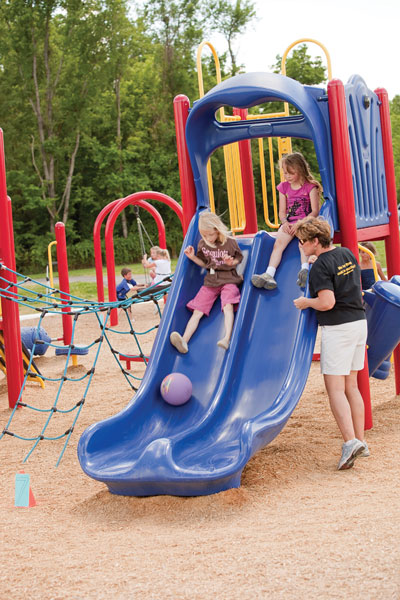
They conducted a national study to evaluate the program that provided specific information about the correlation between the program and physical activity benefits. Fourteen schools were selected in a national Beta Site selection process through SHAPE America, in which schools submitted an application to volunteer to participate in the research. Approximately 6,000 children from 14 Beta Sites in 5 states participated in the research study. Research included a series of pre- and post-intervention surveys completed by the teacher, children, and parents, as well as two focus groups at one of the Beta Sites to qualitatively measure physical activity and skill development.
The research findings showed:
- 91% of teachers reported that playground use increased
- 90% of teachers plan to use the program in the future
- 100% rated the program 4-5 on a 5-point scale
- 25% of parents participated in more family activity after the Play On! program was initiated
- 100% of students reported having fun engaging in the activities
- 90-100% of teachers reported that Play On! motivated students to participate in regular, enjoyable, physical activity in a safe and supervised environment
Play On! is a rich resource that offers a variety of meaningful tools to help educators and programmers design meaningful physical education programs. This unique program can become a vital component in efforts to strengthen, educate, and build healthier communities through play, while maximizing the potential of playgrounds.
Playgrounds can be designed to fully implement the Play On! program by incorporating pieces of equipment that promote the six key elements of play. Offering a developmental progression of skills within the equipment is important so there are activities that match current skill levels, as well as activities to aspire to in order to reach the next level of fitness. As an example, a solid, vertically-oriented climber is a great piece for beginners, while an open, rung-style, taller vertical climber might attract more skilled climbers. Considering variety in the types of equipment is also important for implementing the program as the activities are designed to promote brachiating/upper body bilateral coordination (alternating arm swinging-hanging-crawling), climbing, swinging, sliding, spinning, and balancing in order to promote a well-rounded exercise program.
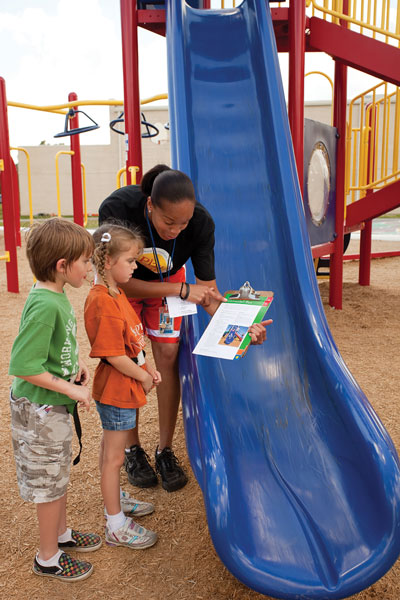
Even more exciting, children who may not be enthusiastic about team sports or traditional physical education exercises remain engaged with Play On! because the program is play-based, and children see play as fun, not exercise. In addition, since the programmer can utilize the entire playground and use different activities to engage several groups of children at the same time, the entire group stays active, since no one needs to “wait for a turn.”
A well-designed play space provides a critical opportunity to address the needs of the whole child and offer a wide variety of activities that motivate, engage, and challenge all children. Specific designs can be selected that encourage children to actively move through play and develop important fitness skills that align with national standards for physical activity.
This unique program can become a vital component in strengthening, educating, and building healthy communities through play, while maximizing the potential of the playground.


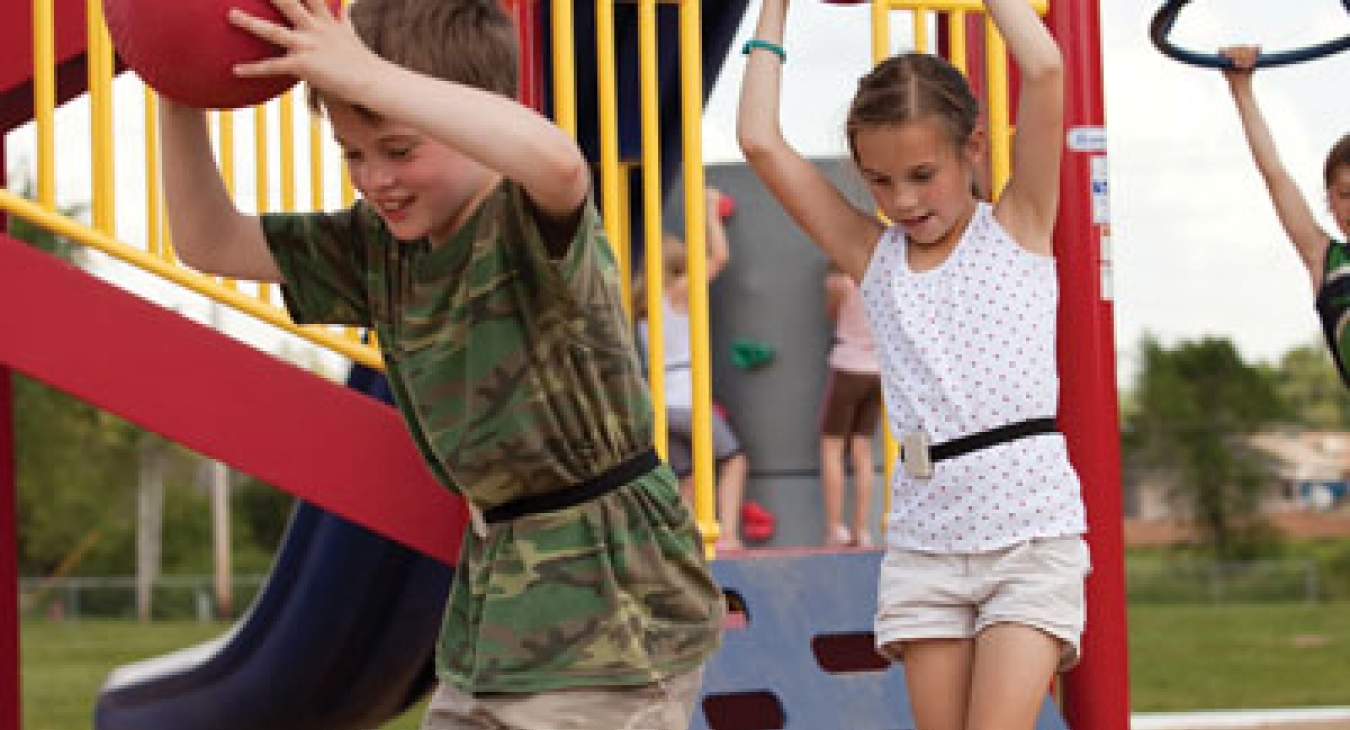



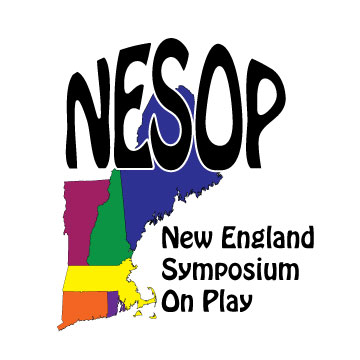
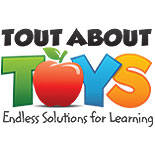
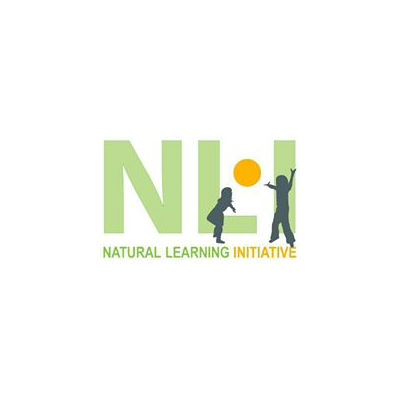

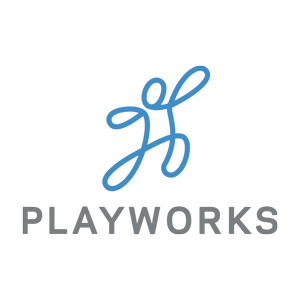

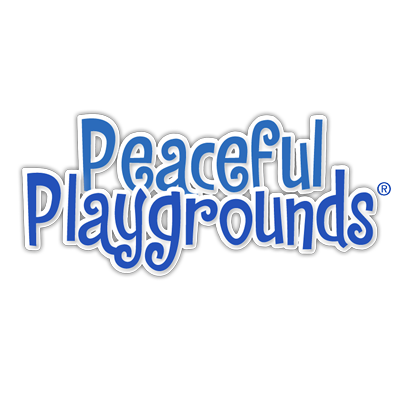



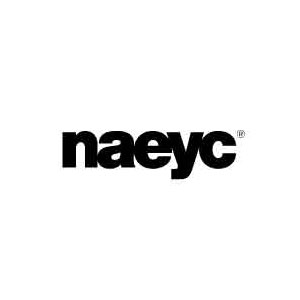

Add new comment